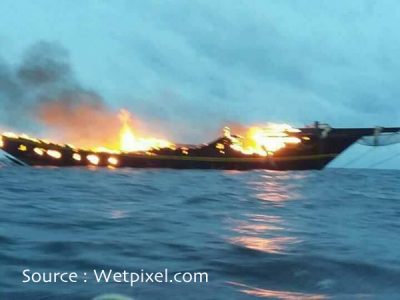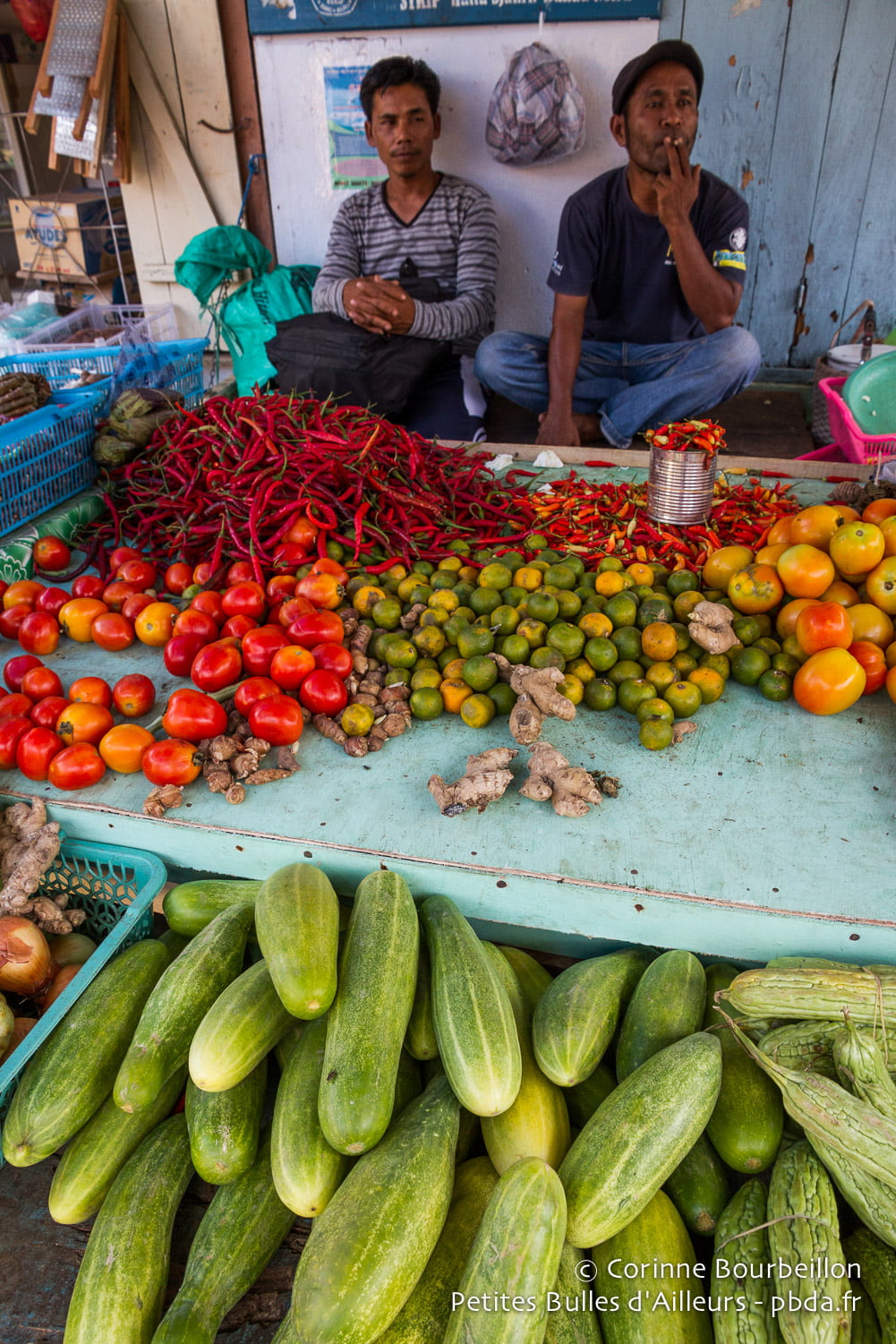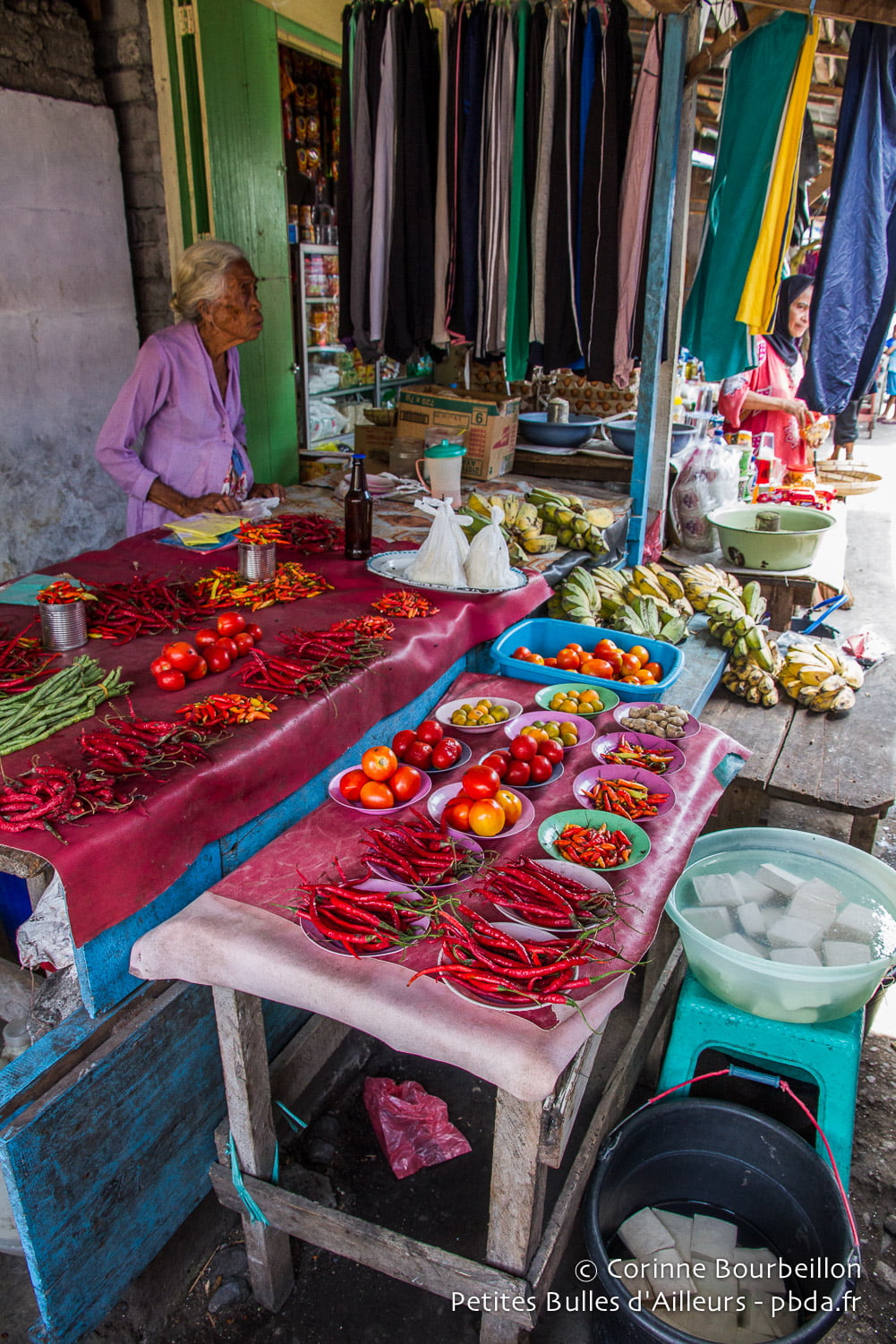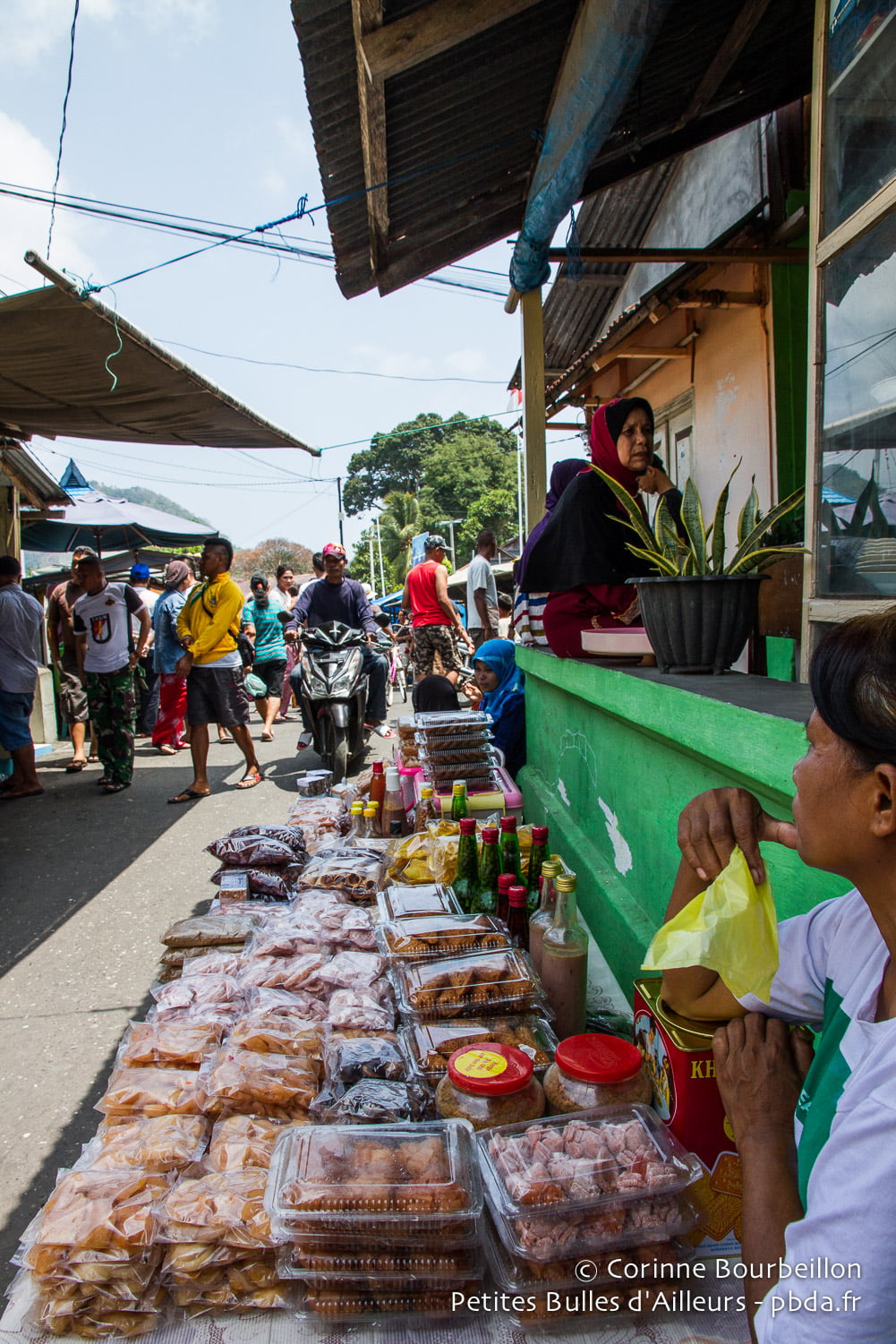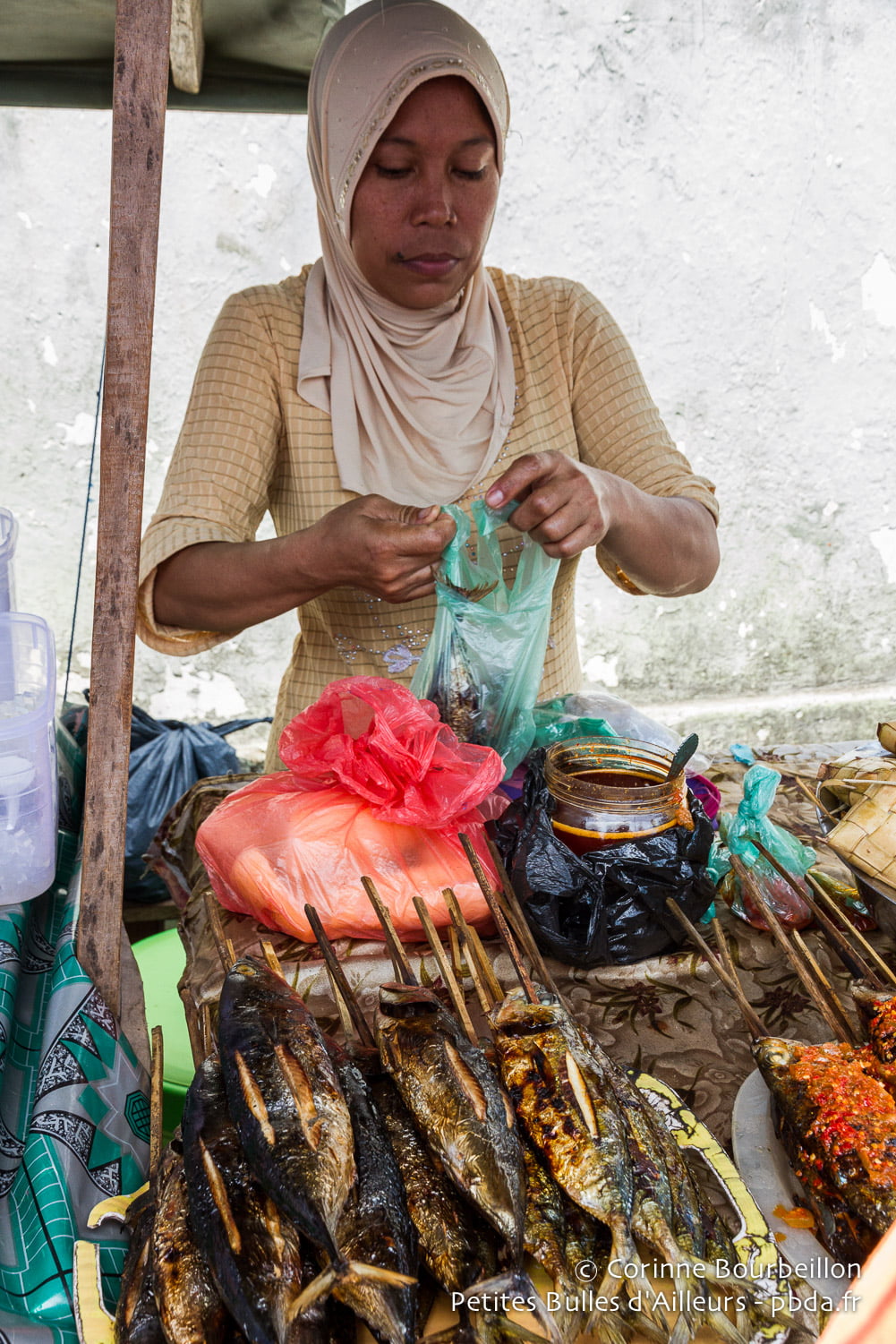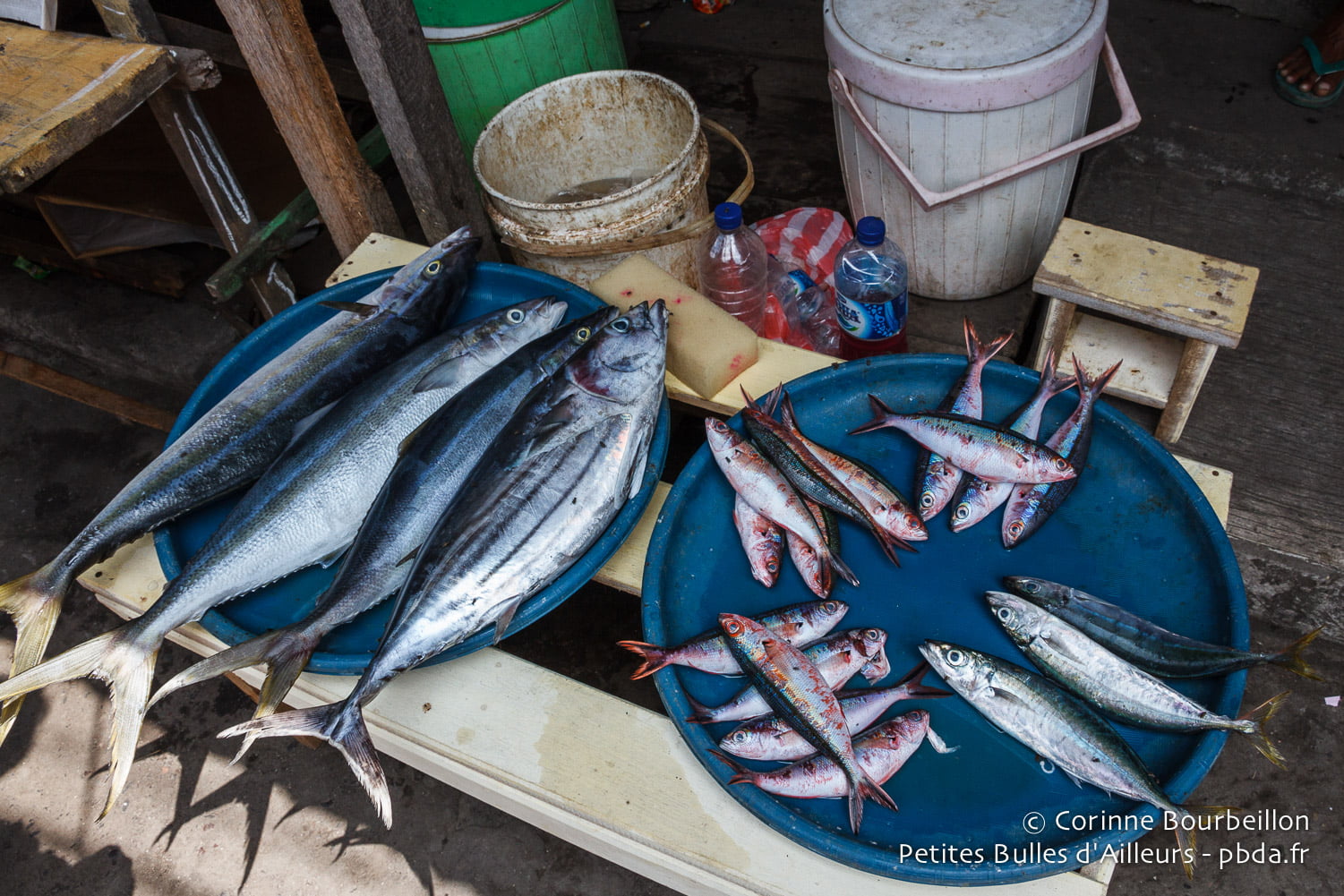Indonesia: Banda + Raja Ampat - Oct-Nov 2015
Dear English-speaking readers, this page is an automatic translation of an article originally written in French. I apologise for any strange sentences and funny mistakes that may have resulted. If you read French, click on the French flag below to access the original, correct text:
Waking up at the foot of a volcano and living Magellan's dream... what could be more exciting? Welcome to the Banda archipelago, the mythical spice islands in Indonesia.
Magellan's dream
End of October 2015. I am on board of Waow. First step of this fabulous diving cruise : the Banda archipelagoA handful of volcanic islands in the Moluccas, Indonesia, southeast of Ambon. Here it is:
These are islands far from everything, today little known to tourists coming to discover Indonesia ... Yet, it is for them that Magellan has undertaken the first round-the-world trip by boat in history! I am crazy with enthusiasm at the idea of discovering this archipelago at the end of the world.
Between two dives full of hammerhead sharks in the Banda Sea, I am only waiting for one thing: to set foot on these mythical islands, the famous spice islands, so coveted in the XVIe and XVIIe centuries! Magellan was not so lucky. He was killed (on April 27, 1521) in the Philippines, while he was almost at the goal...


Updated February 2018. The Waow, this magnificent cruise-diving boat that used to sail the waters of the Indonesian archipelago, and on board of which I had the chance to embark in 2015, does not exist anymore... 😢 It unfortunately burned and sank, in the bay of Cenderawasih, in Indonesia, in the night of January 31 to February 1, 2018. I refer you to the message published on their Facebook page and on their site.
Nutmeg
My fellow divers and I finally disembark on October 30, 2015 in Banda Neira, for a sightseeing excursion. On the program: visit of the small museum, nutmeg plantations and the Belgica fort ...
Banda Neira is the name of the island, the harbor and the administrative capital of the archipelago which has ten islands in all (only six-seven are inhabited). This is where almost half of the 14,000 inhabitants of the Banda archipelago live. It is here that we discover the bloody colonial history of the spice islands (cloves, cinnamon, nutmeg), which were fought over by the Spanish, Portuguese, English and Dutch, in the XVIe and XVIIe centuries. At that time, the Moluccan archipelago was the only place where the precious nutmeg grew. So precious, that it was worth its weight in gold...
Banda Neira is today a big and peaceful village, where you can still see old Dutch colonial buildings, built at the time of the omnipotence of la VOC, the Dutch East India Company.
There are several schools, administrative buildings, a mosque, small shops, a diving centre, a tiny airport, a few guesthouses and hotels...













The fort and the volcano
Just in front of Fort Belgica, built in the 17th century.e century by the Dutch on the remains of a Portuguese fort, rises the volcanic cone of the island of Banda Api.
The most motivated of our small group climb to the top of the towers of the fort. Ladder scrap not reassuring and very narrow passage. But it's worth it. The view is spectacular. Steffan, the videographer of Waowtakes advantage of the excursion to take out his drone!
For several days, during the navigation of the WaowWe had the opportunity to see the volcano from different angles by taking a boat trip around the archipelago. Called gunung api It culminates at about 640m, dominating the whole archipelago.
The last eruption of the Banda volcano was in 1988. The guide who makes us visit the tiny museum of Banda Neira, remembers it. "But everyone was evacuated before the main eruption, He explains. There were only one or two deaths, elderly people who couldn't or wouldn't leave their homes."
The lava has since frozen. Two huge black flows scar on both sides of the volcanic cone until the sea. The day of our arrival in the archipelago, we dived on a site named... Lava Flow. At the foot of one of the lava flows!






Pulau Run and New York
Every school child in Banda knows this story... The fate of New York is intimately linked to that of the tiny island of Run (pronounced "red"), the westernmost island of the Indonesian archipelago of Banda.
First colonized by the Portuguese around 1512, Pulau Run (pulau means "island" in Indonesian) is taken by the English around 1605 with the neighboring island of Ai. The latter coveted the precious nutmeg of which I spoke earlier, for their British East India Company.

This obviously did not please the Dutch at all, who at the time wanted to establish a monopoly in the Indian Ocean for their own company, the Dutch East India Company (VOC), on the lucrative trade in spices and nutmeg in particular.
It's a long and bloody story... I'll make it short for you: the Dutch, who managed to oust the Portuguese from the Banda archipelago, imposed their domination by massacring the islanders in 1621. But the English resisted and still held Run and Ai.
Finally, the English will retreat, but not without negotiation. The spell of Run is sealed by the Treaty of Bredasigned in 1667. Pulau Run is ceded to Holland, and in exchange England receives a remote island in the Americas, in what was then New Amsterdam: Manhattan!
Yes, it was hard to imagine at the time the development that Manhattan would undergo in the following centuries to become the New York City we know today.



To learn more about the turbulent history of the Banda Islands (ancient and recent), I refer you to this fascinating and comprehensive account, written for the site "Bali Autrement" by the anthropologist Franck Michel, a great specialist of Asia:
→ The Banda Islands, a coveted archipelago
A lost archipelago
When our little group is about to leave Banda Neira to return to the WaowThe big rusty ship of Pelni, the Indonesian ferry company, which is anchored in the bay, has just arrived. All of a sudden, it is the crowd of the big days in the village, still asleep and almost deserted one hour earlier.
The street vendors have set up their stalls in the street that leads to the pier - fish, spices, fruits and vegetables... A lot of goods are loaded and unloaded from the huge ferry, in a more organized rush than it seems. It shouts, it jostles, there is a continuous coming and going of porters, motorcycles, people...










As in all the islands, the arrival of the boat which ensures regular connections with the rest of the world is an event. A real "lifeline" for the islanders. As our dinghy pulls away, I dreamily contemplate all this agitation on the quay, thinking of Magellan, of the great navigators of yesteryear and of the countless Anglo-Dutch wars for the control of commercial shipping routes.
The spice route once made the Moluccas and the Banda Islands famous. Westerners have forgotten them a little today. They only attract rare travelers, curious to get off the beaten track, and a few privileged divers...
I was the guest of the Waow October 27 to November 8, 2015, for this dive-cruise named "Secrets of Seram". All opinions expressed here remain 100% my own.


